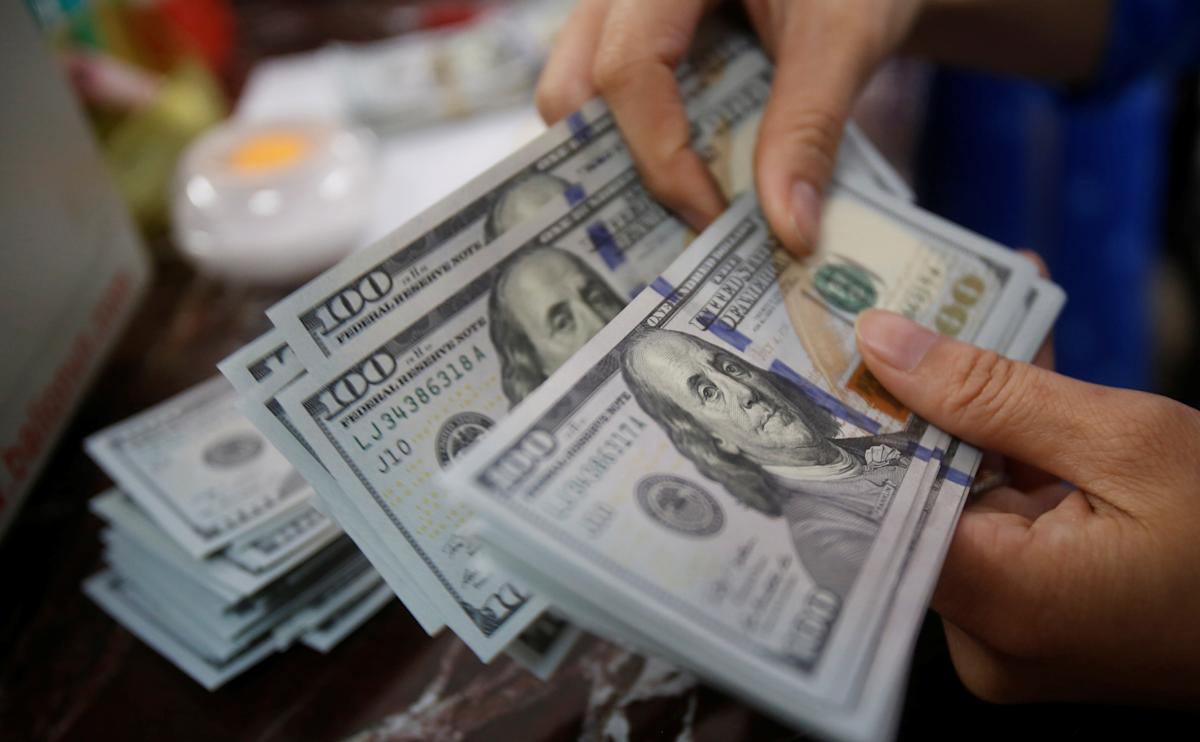Dollar Dive: How Currency Shifts Could Shake Up Your Stock Portfolio

When the U.S. dollar weakens, it often sends ripples of uncertainty through the stock market, historically challenging investors' confidence and portfolio performance. While a soft dollar might seem like a neutral economic signal, its implications for stocks can be surprisingly complex and potentially detrimental.
Historically, a declining dollar has frequently spelled trouble for equity markets. Investors tend to become cautious when the greenback loses its strength, as this can signal broader economic uncertainties or potential challenges in international trade and corporate earnings. The interconnected nature of global financial markets means that currency fluctuations can quickly translate into stock market volatility.
The relationship between a weak dollar and stock performance is nuanced. Multinational corporations might experience mixed effects, with some benefiting from more competitive export pricing while others face increased costs and reduced international purchasing power. This delicate balance can create unpredictable market dynamics that keep investors on their toes.
For savvy investors, understanding these currency-driven market shifts is crucial. A weak dollar doesn't necessarily guarantee poor stock performance, but it does demand careful analysis and strategic portfolio management. Monitoring economic indicators, currency trends, and sector-specific impacts becomes essential in navigating these potentially turbulent financial waters.
